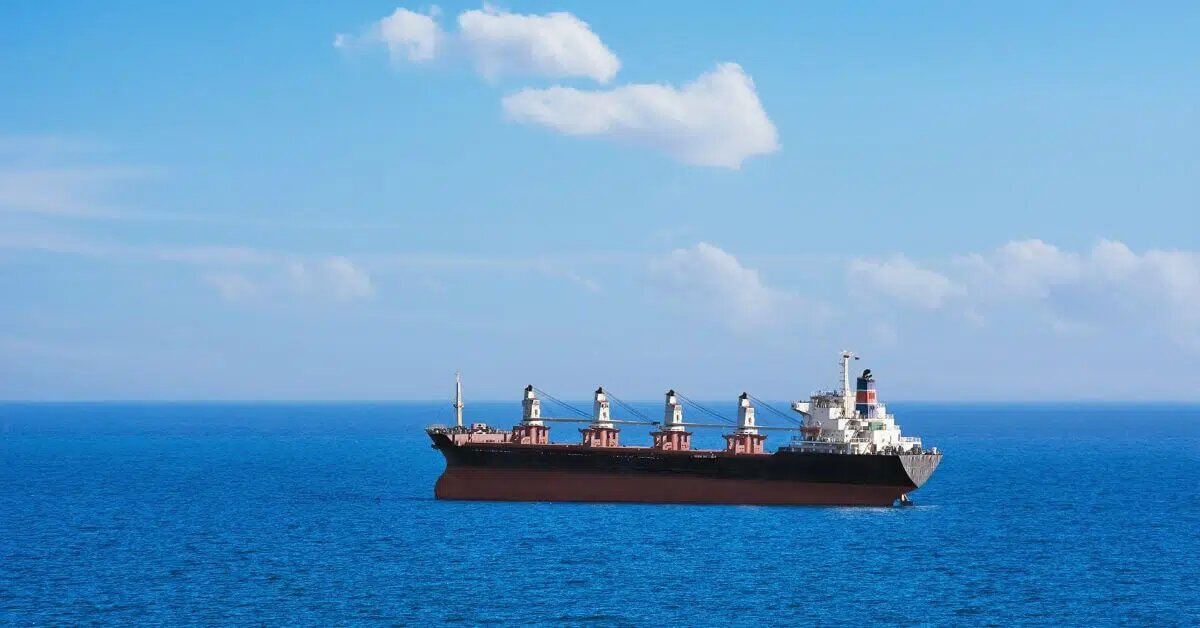Offshore windfarms could play avital role restoring vulnerable ecosystems above and below the waterline, a new study claims
The study, led by The Rich North Sea programme and Royal Netherlands Institute for Sea Research, was conducted by a diverse team of international scientists and published in the journalBioScience.
It finds that allocating a small share of global investment in offshore wind could enable the large-scale restoration of the marine environment, including seabed habitats, coral reefs, seagrass meadows and coastal wetlands, ecosystems that are critical for biodiversity, fish populations and climate resilience.
The researchers found that dedicating 1% of the global offshore wind investment between now and 2050 could fund the restoration of millions of square kilometres of marine ecosystems, such as coral reefs, mangroves, seagrass beds and oyster reefs.
The Rich North Sea lead author Christiaan van Sluis said, “Offshore wind has a unique opportunity to not only support the energy transition but become the first marine industry to make a net-positive contribution to large-scale ecosystem restoration.
“By embedding smart biodiversity requirements in offshore wind licensing and tendering procedures we can reverse biodiversity loss with just a fraction of the total investment.”
The Rich North Sea said restoring marine ecosystems not only benefits plants and animals, but also people because healthy seas and coastal habitats absorb carbon, protect shorelines and support fish populations.
According to the study, every dollar invested in ecosystem restoration can return US$2 to US$12 in societal benefits. This is especially relevant as the offshore wind sector is set to grow exponentially, from 56 GW in 2021 to an estimated 2,000 GW by 2050. “If we structurally integrate marine restoration into this expansion, we can meet biodiversity targets,” said Van Sluis.
The authors of the study are urging governments to make marine restoration a standard requirement in offshore wind policy. This includes mandating that a fixed percentage of project investments be allocated to marine biodiversity, through licensing conditions or non-price criteria in tendering. With the sector expanding rapidly, nature restoration should be structurally integrated into policy.
The Netherlands, Denmark and the UK already have centralised tendering systems that are well-suited to the inclusion of biodiversity criteria. “An internationally co-ordinated and legally embedded approach would enable economies of scale, fair competition and prevent marine ecosystems from falling victim to price-driven decision making,” the researchers said.
Van Oord commercial director offshore energy Karen Vennik said, “At Van Oord, nature-inclusive design and construction is a key theme. Including non-price criteria in tenders has worked well in several Dutch projects. The time is right to scale up marine restoration in the global rollout of offshore wind.”





